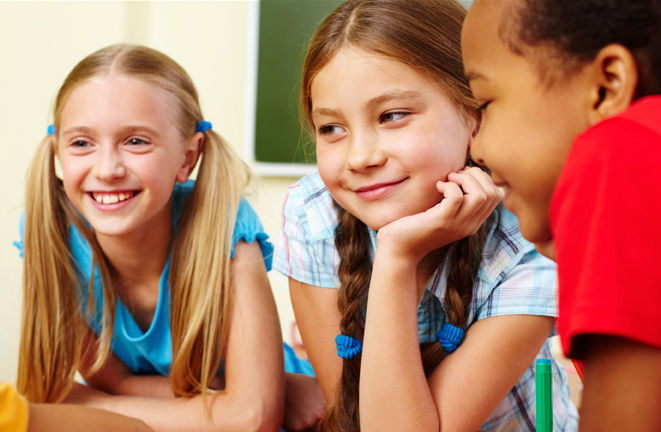

Leadership's Three Rs and a T
I was struggling through the voter’s pamphlet the other day in my preparation to cast my vote. I approached the task with clarity when it...
Oct 21, 20204 min read


What if . . . ?
I am convinced that the current and continued practices in American schools actually inhibit innovation. The reason boils down to two...
Oct 12, 20205 min read


What if . . . ?
I am convinced that the current and continued practices in American schools actually inhibit innovation. The reason boils down to two...
Oct 12, 20205 min read


Hands On, Minds On
“Hands on, minds on.” I wish I was the clever soul to have coined this phrase. But, it belongs to Gary Kuppelman, a retired science...
Oct 5, 20205 min read





















Comments